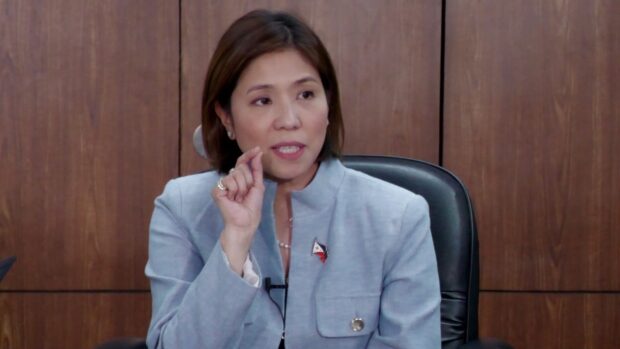PH gov’t debt repayments doubled in H1 amid ‘tight fiscal space’
MANILA -The Philippine government’s repayment of liabilities doubled in the first semester to P907 billion this year from P458 billion last year as the Marcos administration strives to arrest the rise of the debt stocks’ ratio with the Philippine gross domestic product (GDP) further beyond the prudent ceiling of 60 percent.
Data at the Bureau of the Treasury showed that from January to June, a total of P282.5 billion was spent on interest payments, an increase of 9.8 percent from the year-ago P257.2 billion.
On the other hand, a total of P625.5 billion in principal was repaid, ballooning by 211 percent from P201.1 billion in the first six months of last year.
As of the end of June, the government’s debt stock reached yet another peak of P14.15 trillion. This represented 61 percent of GDP, the nation’s wealth in terms of goods and services produced and paid for within the country.
Of the total outstanding obligations, 31 percent or P4.45 trillion is owed to foreign lenders while 69 percent or P9.7 trillion is borrowed from domestic lenders.
Slow decline
Earlier this month, Budget Secretary Amenah Pangandaman said the debt-to-GDP ratio will be receding slowly in the next three years as the country has not yet fully emerged from the restrictive impact of the pandemic on production and consumption activities.
READ: PH debt stock seen staying high over near term
She said that the Philippine economy is also expected to grow more slowly this year compared to 2022, along with the trajectory of the global economy.
Pangandaman pointed out that debt levels will not be going down in the near term, meaning that the level of government financial obligations would continue to represent about 60 percent of Philippine gross domestic product.
In full-year terms, the debt-to-GDP ratio has climbed up steadily from 39.6 percent in 2019 before the pandemic to 60.9 percent in 2022.
With the need to respond to the pandemic, the government was prompted to borrow heavily, bringing the debt ratio to 54.6 percent of GDP in 2020 and further to 60.4 percent in 2021.
Fixed by 2028
Still, Pangandaman said that the Marcos administration’s medium-term fiscal framework sets a goal of reducing the debt stock to 51 percent of GDP by 2028.
READ: Lower debt-to-GDP ratio eyed even as gov’t loans top P14T
In a commentary, ING Bank said the Philippines’ debt-to-GDP ratio remains an issue of concern.
The Dutch banking group said the ratio remained elevated, pegging it at 62.5 percent, and expects it to remain above 60 percent for the next four years.
“The government expects this ratio to slip below 60 percent by 2026, suggesting that tight fiscal space will be the norm in the medium term,” ING Bank said.
“This would mean that government outlays will only have a limited ability to support growth should the economy face headwinds and this could in turn cap growth prospects for the Philippines,” it added. INQ
